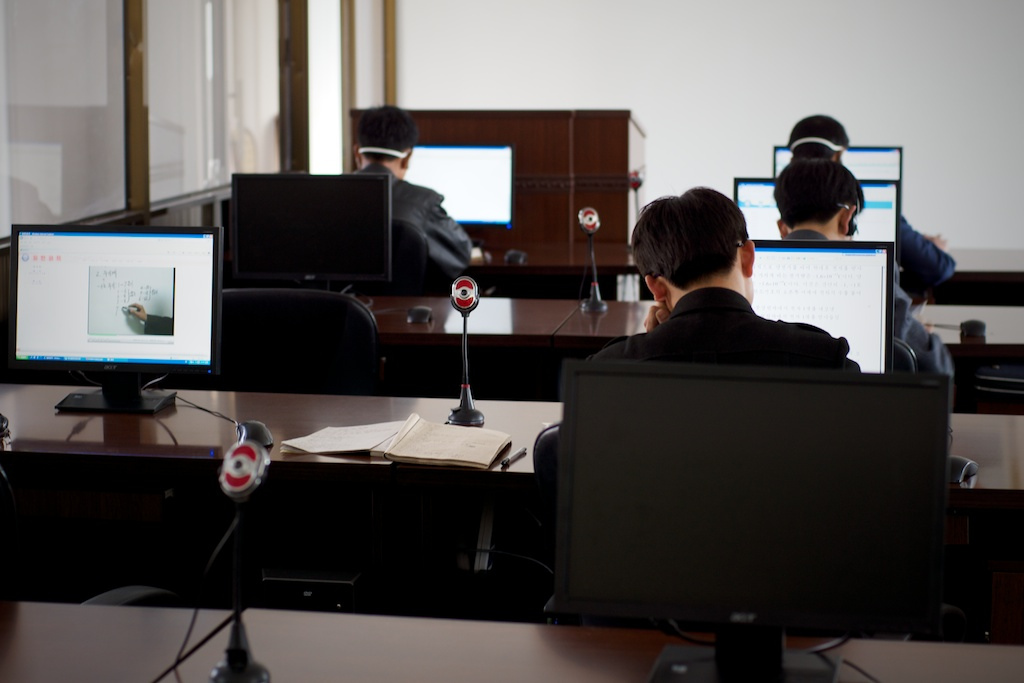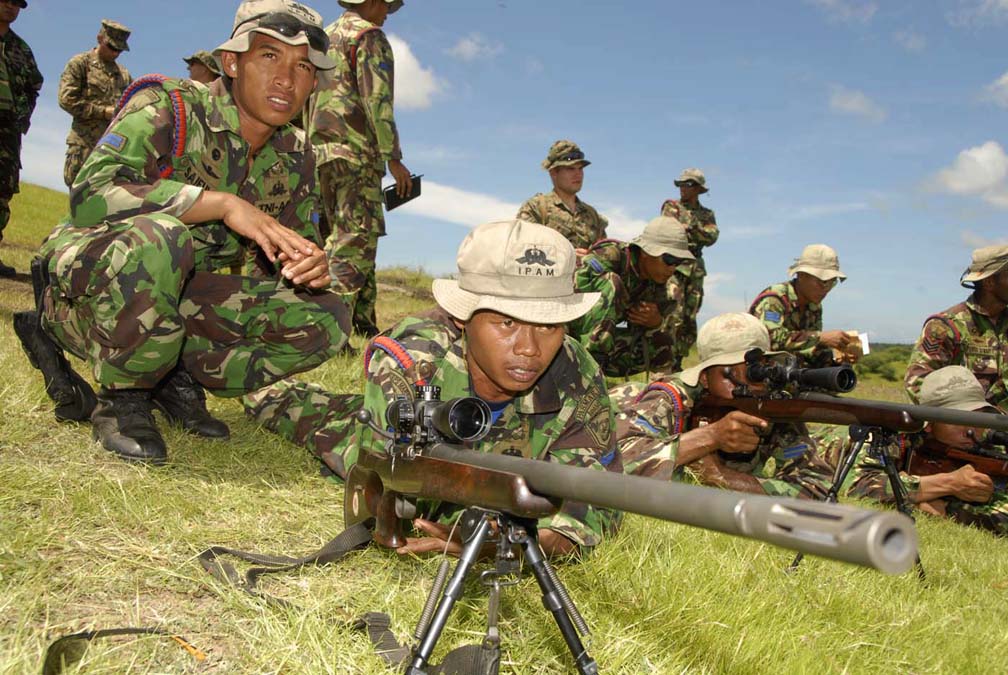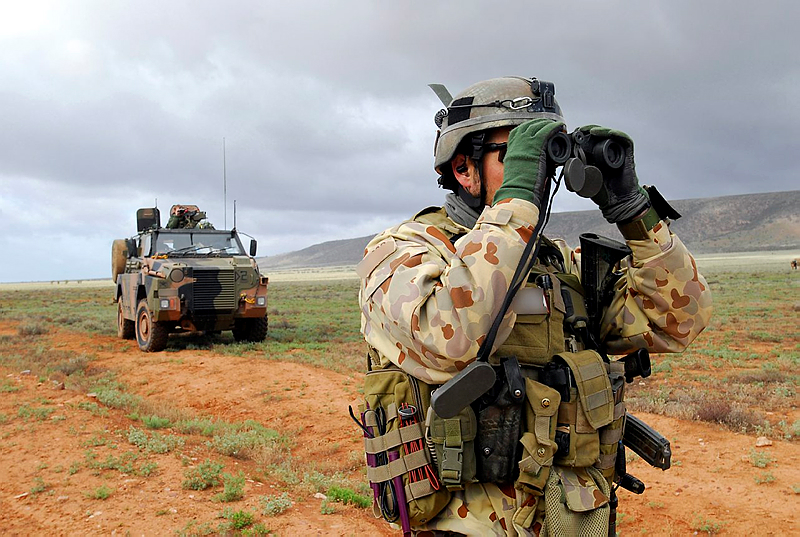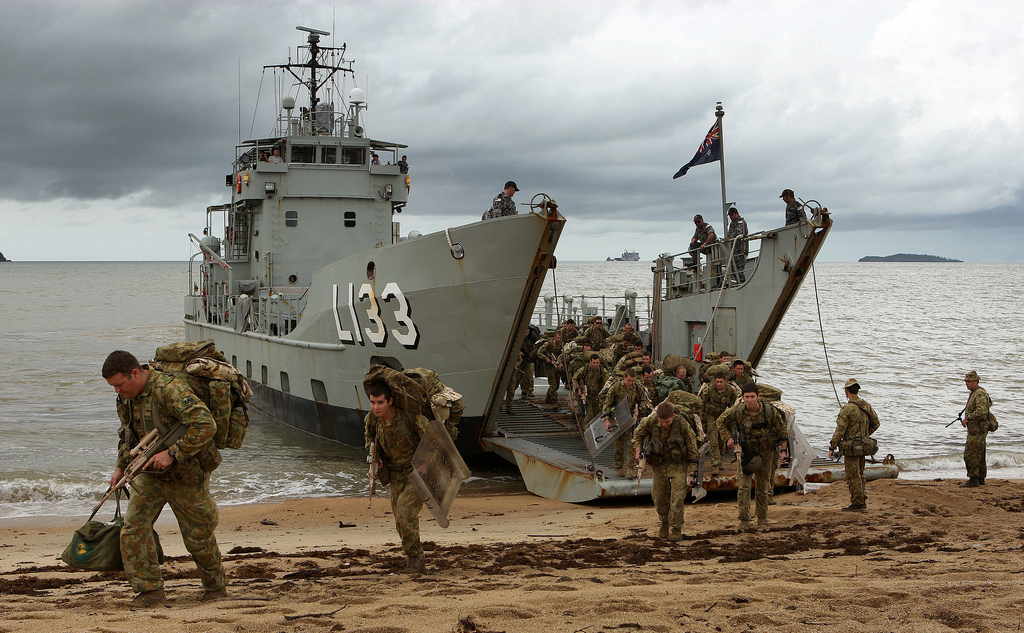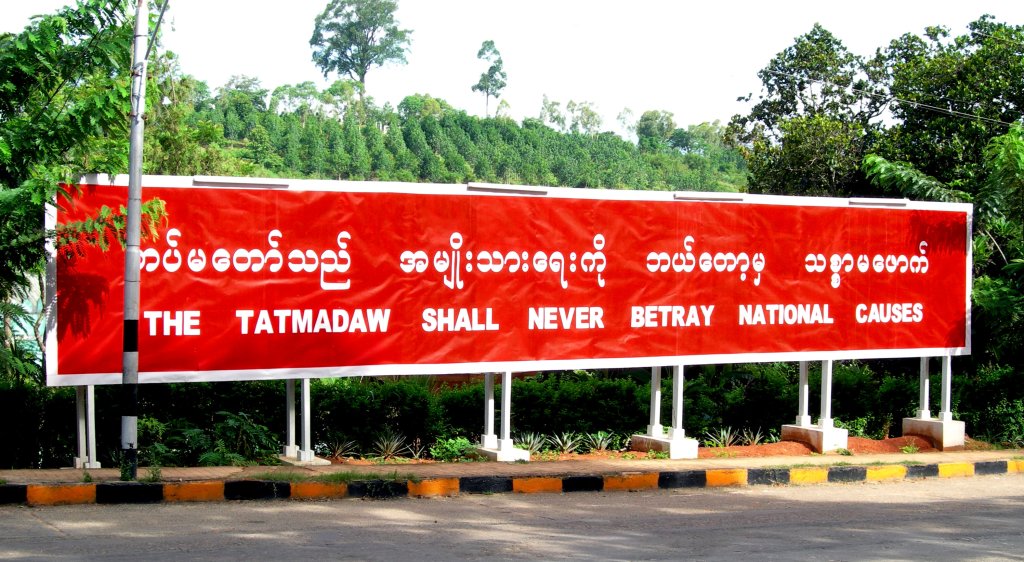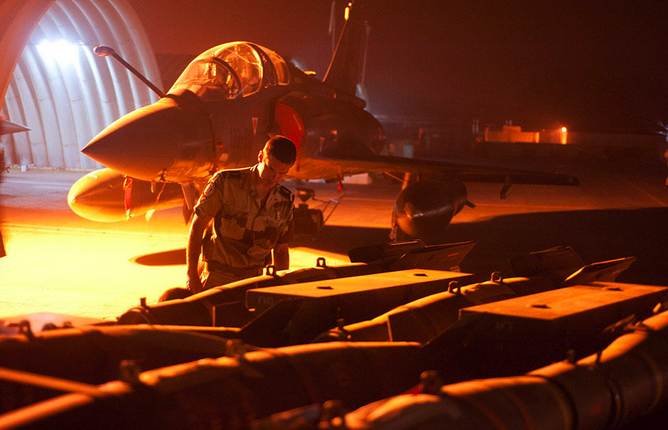The 2012 Madeleine Award: to strut, signal and stumble
It’s time to announce the winner of the fourth Madeleine Award for the use of symbol, stunt, prop, gesture or jest in international affairs. This annual prize began life at The Lowy Interpreter in 2009, and is named after Madeleine Albright, in honour of her penchant for sending diplomatic messages via the brooches on her lapel.
The former US Secretary of State and Ambassador to the UN wore a golden brooch of a coiled snake to talk to the Iraqis, crabs and turtle brooches to symbolise the slow pace of Middle East talks, a huge wasp to needle Yasser Arafat, and a sun pin to support South Korea’s sunshine policy. Her favourite mistake was wearing a monkey brooch to a meeting with Vladimir Putin that caused the then Russian President to go ape.
The Madeleines are guided by the truth offered by the American grand strategist George Kennan: much that happens between nations is actually a form of theatre. On the international stage, states strut, signal and stumble, seeking to win through bluster and brio rather than bribery and bashing. All that effort needs to be both appreciated and graded.
On The Interpreter, the first three annual awards went to a seaworthy climate change stunt (an island nation holding a cabinet meeting beneath the waves), a brilliant bluff by a US diplomat that helped clinch a peace deal, and to the extraordinary Franco-German double act at the heart of the Euro crisis.
For the fourth annual Madeleines, The Strategist picks up this proud silly-season tradition and the quality of the contenders shows the enduring value of the award. Read more

